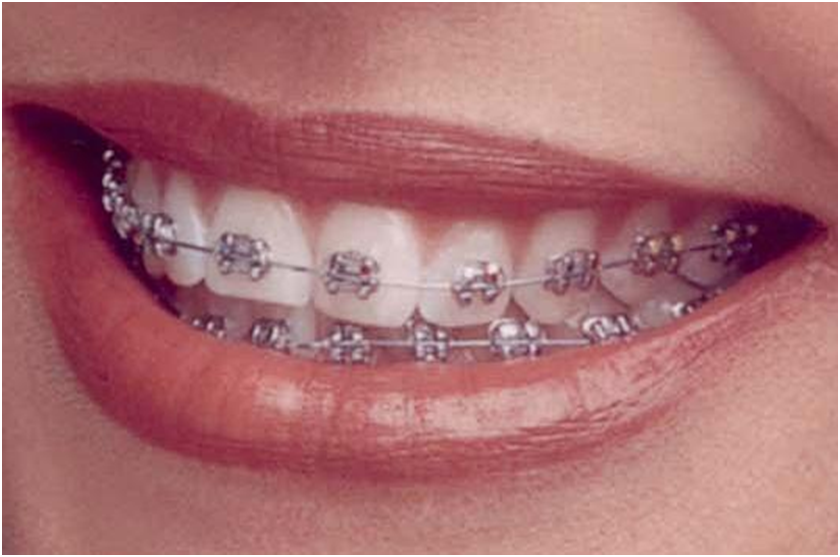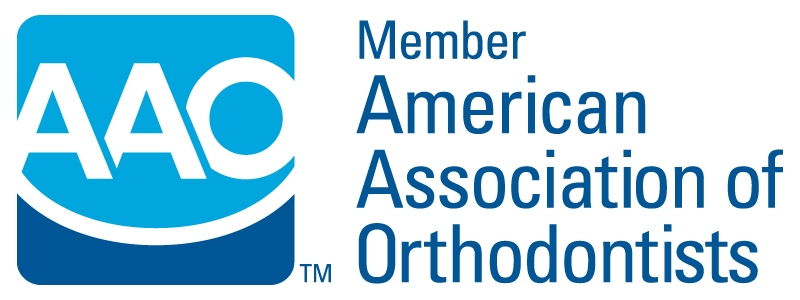Traditional Braces:

Making records to determine your unique treatment
Orthodontic records will be necessary to determine the type of appliances to be used, the duration of treatment time, and the frequency of visits. Records consist of models of the teeth, x-rays, and photographs.
Planning now can save your smile later
Because they are growing rapidly, children can benefit enormously from an early phase of orthodontic treatment utilizing appliances that direct the growth relationship of the upper and lower jaws. Thus, a good foundation can be established, providing adequate room for eruption of all permanent teeth. This early correction may prevent later removal of permanent teeth to correct overcrowding and/or surgical procedures to align the upper and lower jaws. Leaving such a condition untreated until all permanent teeth erupt could result in a jaw discrepancy too severe to achieve an ideal result with braces.
What is the advantage of two-phase orthodontic treatment?
Two-phase orthodontic treatment is a very specialized process that encompasses tooth straightening and physical, facial changes. The major advantage of a two-phase treatment is to maximize the opportunity to accomplish the ideal healthy, functional, aesthetic result that will remain stable throughout your life.
First Phase Treatment: Your foundation for a lifetime of beautiful teeth
The goal of first phase treatment is to develop the jaw size in order to accommodate all the permanent teeth and to relate the upper and lower jaws to each other. Children sometimes exhibit early signs of jaw problems as they grow and develop. An upper and lower jaw that is growing too much or not enough can be recognized at an early age. If children after age 6 are found to have this jaw discrepancy, they are candidates for early orthodontic treatment.
Monitoring your teeth's progress
In other words, at the end of the first phase of treatment, teeth are not in their final positions. This will be determined and accomplished in the second phase of treatment. Selective removal of certain primary (baby) teeth may be in the best interest of enhancing eruption during this resting phase. Therefore, periodic recall appointments for observation are necessary, usually on a six-month basis.
Second Phase Treatment: Stay healthy and look attractive
The goal of the second phase is to make sure each tooth has an exact location in the mouth where it is in harmony with the lips, cheeks, tongue, and other teeth. When this equilibrium is established, the teeth will function together properly.






